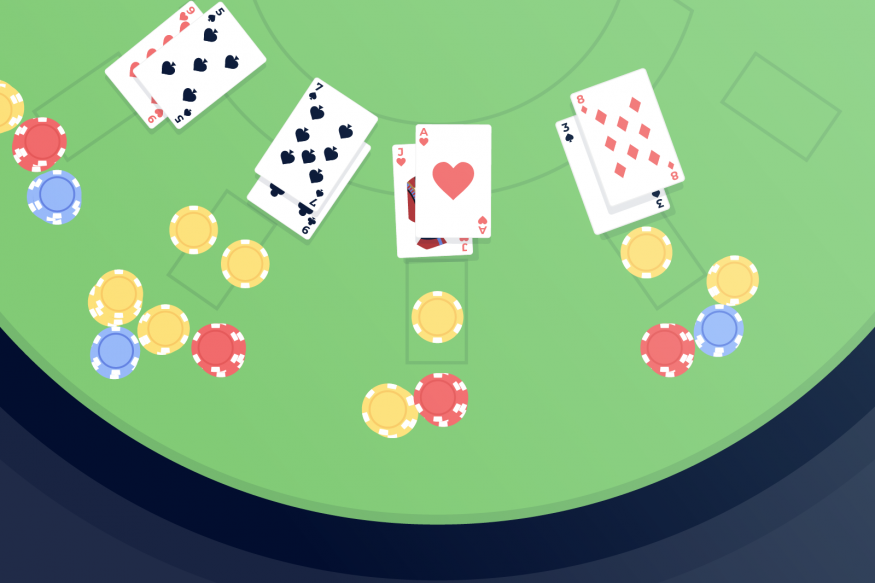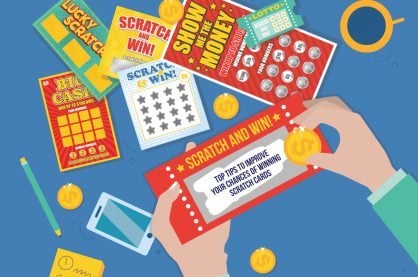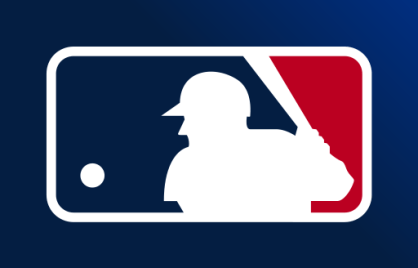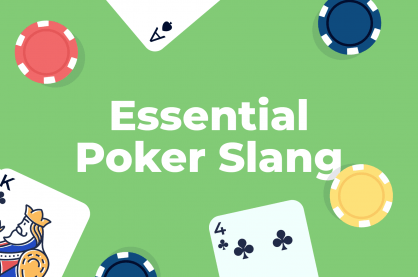Spanish 21 Vs Blackjack Explained: Simple Rules & Strategy

Spanish Blackjack – also known as Spanish 21 – is a casino card game similar to traditional Blackjack, but played with a 48 cards instead of the standard 52-card deck. This is because all of the 10s have been removed from the deck.
All the Kings, Queens, and Jacks still have a value of 10, but the cards which are actually numbered with the 10 are no longer in the deck. The Ace card still counts as either 1 or 11, just like in traditional Blackjack. Other than this, the game plays nearly identically to normal casino Blackjack.
Key Differences Between Spanish 21 And Blackjack
- In Spanish Blackjack – or Spanish 21 – there are only 48 cards in the deck, not 52 as in traditional Blackjack. All of the numbered 10 cards have been removed.
- In Spanish Blackjack the player automatically wins when receiving a Blackjack. This is a two-card combination of any King, Queen, or Jack paired with any Ace as the first two cards dealt to the player. The payoff is at 3:2.
- In Spanish Blackjack, if the player AND the Dealer BOTH get a Blackjack at the same time in the same hand, then the Player WINS automatically.
- In Spanish Blackjack, Late Surrender is offered, meaning you can surrender half your bet before any more cards are drawn. Late Surrender is a way to “save” half your bet if you think you can’t win, even after the Dealer checks for Blackjack and does not have it, and after you have drawn cards.
- In Spanish Blackjack, the players can double down on any two cards, double down again after the next card, and again after the next card (for up to 3-times in any one hand). So, if you start with a $10 bet, you can double this to $20, then to $40 and then to $80. This means you can quickly raise the size of your bet in advantageous situations, which is especially useful if you’re counting cards.
How To Play Spanish Blackjack
The rules of play for Spanish Blackjack – or Spanish 21 – are nearly identical to the rules of traditional Blackjack.
Spanish 21 is usually played with a 6-deck or 8-deck shoe, which has been stripped of all of the 10 numbered cards. In some casinos, the game can also be found as a 2-deck hand-held game, which may be the preferred choice for experienced Blackjack players depending on how deep the penetration, as well as other rules, such as hitting Soft 17.
- The game begins with the shuffle. After the cards have been shuffled, they are placed in the Dealing Shoe.
- The dealer will then “Burn” (discard) a required number of cards (usually between 6 and 8 cards off the top of the Shoe). This is to prevent anyone from guessing the order of the cards, and to further make card counting less precise.
- Now the game is ready to begin. The players make their wagers, and the dealer begins to deal from right-to-left as the players see it (left-to-right from the dealer’s view).
- Each player will be dealt one card face down – including the dealer – and then the second card face-up, including the dealer. This is different in Spanish Blackjack, because in most traditional Blackjack games, either both cards will be dealt face-down to all the players, or face-up to all the players, and only the dealer with have the first card face-up.
- After these procedures have been completed, and depending on the dealer’s up-card, the dealer may now check for Blackjack, ask for Insurance, and offer Surrender. There may also be other options depending on what the land-based or online casino offers.
- After these processes are completed, each player still in action will then be asked for decisions. These are to stand, hit (draw), split, or double down.
- When all players have made their decisions, the next hand in dealt and the whole procedure begins again.
More Rule Variations And Bonus Hand Pays In Spanish Blackjack
There are a few other rule variations to consider:
- The player’s Blackjack (21) automatically beats the dealer’s Blackjack.
- The player can surrender after doubling down.
- Players can split and re-split aces multiple times.
- Late Surrender is allowed.
- Players can double down after splitting.
There are also often additional pays, as follows:
- 7-7-7 suited in spades pays 3:1
- 7-7-7 suited hand pays 2:1
- 7-7-7 mixed hand pays 3:2
- 5-card 21 pays 3:2
- 6-card 21 pays 2:1
- 7-or-more card 21 pays 3:1
- 6-7-8 suited in spades pays 3:1
- 6-7-8 suited hand pays 2:1
- 6-7-8 mixed hand pays 3:2
These bonus pays may also require a side bet, but that depends on the rules of the game where you happen to be playing.
What Is The House Edge In Spanish Blackjack?
Spanish Blackjack has a house edge of about 3.7%, but this may vary depending on some rule variations, as well as whether or not the dealer hits Soft 17 or not.
Additionally, some of the multi-deck Shoe games can have a house edge of about 3%, again depending on some of the rule tweaking which casinos can, and often do, apply to this game variant.
Basic Strategy For Spanish 21
These are a few basic hints and tips for playing Spanish 21:
- Always split a pair of Aces
- Never split a pair of 4’s or 5’s
- Always stand on hands valued at a hard 18 or higher
- Always stand with a pair of 10-value cards: K-K, Q-Q, J-J
- Always hit on hard 4 through 8, or on a 12
- Always hit on soft 13 or 14 (soft hands include the Ace as 1 or 11)
- Always double down on two-card hands of 11
Conclusion
Spanish 21 was derived from the traditional game of Blackjack. The only reason for it to exist is to create a game which has a HIGHER house edge than traditional Blackjack, and, therefore, is more lucrative for the casinos.
Since traditional Blackjack can be played with basic strategy to a house edge of about 0.54%, it is a much better option for your Blackjack play. The house edge in Spanish 21 is about 3.7%.
You do not have to be a math genius to see the difference. Furthermore, traditional Blackjack has firmly-designed rules, and these are easier to learn and keep in mind than the sometimes-fluctuating rules and and bonuses in Spanish Blackjack.
So my advice is to stick to traditional Blackjack – and learn to play it well.


